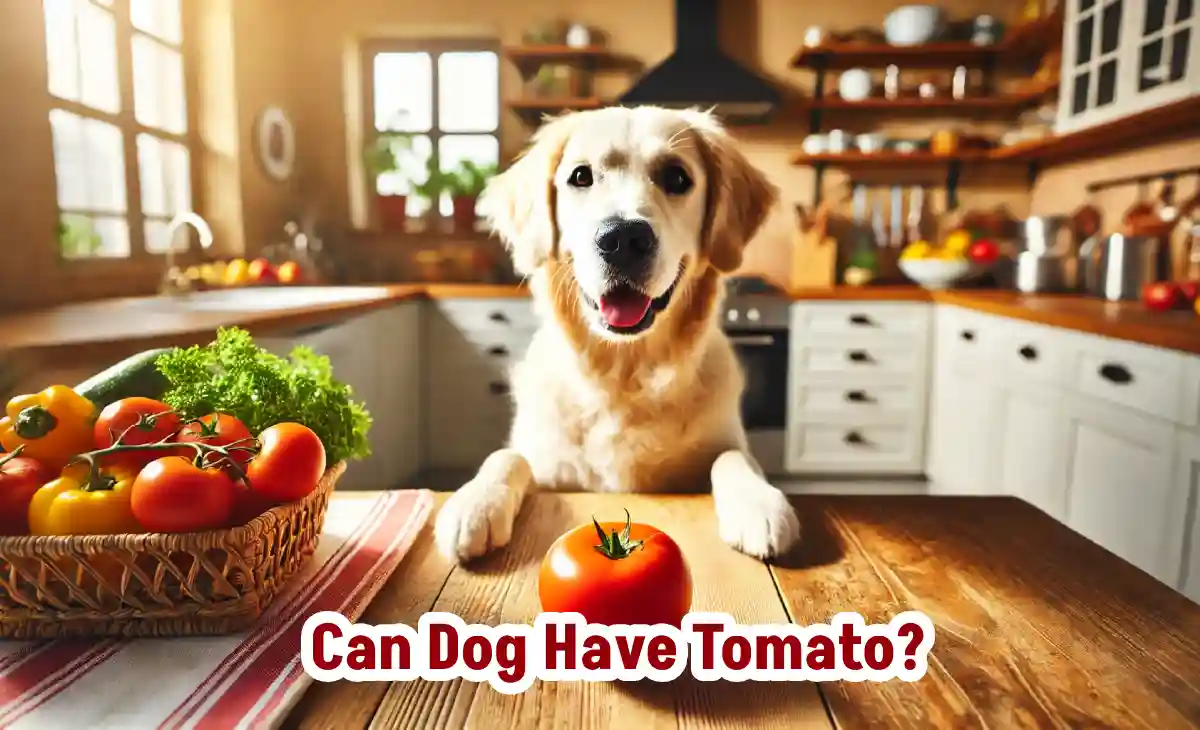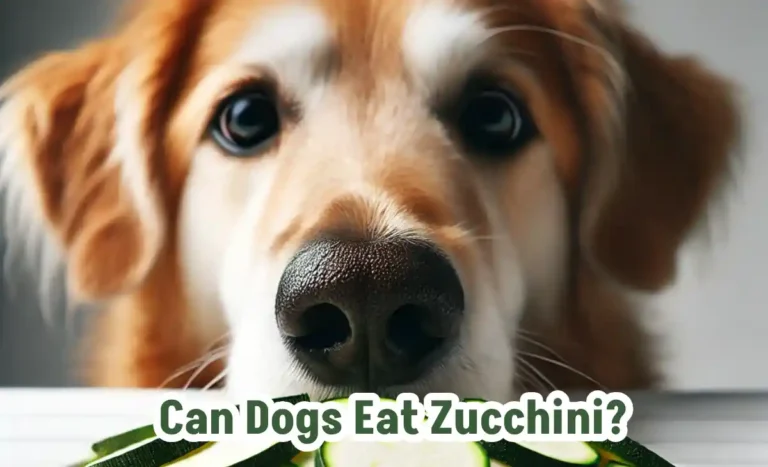Tomatoes are common in many households, used in everything from sauces to salads. But as a pet owner, you might wonder: Can dogs eat tomatoes? Surprisingly, the answer isn’t as simple as yes or no. Tomatoes can be both beneficial and harmful to dogs, depending on how they’re prepared and served.
Let’s learn what parts of tomatoes are safe, the risks involved, and how you can safely add tomatoes to your dog’s diet.
Read more food guides.
Can Dogs Eat Tomatoes?
Yes, dogs can eat tomatoes, but certain parts are toxic, so caution is essential. When prepared correctly, tomatoes offer dogs valuable nutrients. However, the plant and unripe tomatoes contain substances that may be harmful.
Nutritional Benefits of Tomatoes for Dogs
Ripe tomatoes are low in calories and packed with beneficial nutrients. They contain vitamin C, which supports a dog’s immune system, and vitamin A, which promotes healthy skin and vision. Additionally, tomatoes contain potassium, essential for muscle and nerve function, and fiber, which aids digestion.
Lycopene, a natural antioxidant found in tomatoes, is also believed to reduce the risk of chronic illnesses by neutralizing free radicals. While research on lycopene’s effects on dogs is ongoing, it may offer protective benefits for their overall health.
When Are Tomatoes Safe for Dogs?
Only feed your dog ripe, red tomatoes. Ripe tomatoes have lower levels of potentially harmful compounds, like solanine and tomatine, which are found in higher concentrations in green parts of the plant. A slice or two of a ripe tomato as an occasional treat is generally safe for most dogs, but always monitor them for any signs of an upset stomach.
Risks of Tomatoes for Dogs:
While tomatoes can offer health benefits, certain parts of the plant are toxic to dogs. Tomato plants belong to the nightshade family, which includes plants with natural toxins, like potatoes and eggplants. In tomatoes, these toxins, solanine and tomatine, are more concentrated in the green parts of the plant.
Why the Green Parts of Tomatoes Are Dangerous?
The green parts, like stems, leaves, and unripe tomatoes, contain higher levels of solanine. Solanine is a compound that protects plants from pests but can harm animals. Ingesting these parts of the tomato can lead to toxic reactions, particularly in smaller dogs. Tomatine, another natural toxin in tomatoes, can also cause adverse effects, although it’s less concentrated in ripe tomatoes.
Symptoms of Tomato Toxicity in Dogs
If a dog consumes large quantities of unripe tomatoes or green parts, they may experience symptoms of tomato toxicity. Symptoms can range from mild to severe, depending on how much was ingested and the size of the dog. Watch for the following symptoms if your dog has eaten any part of the tomato plant:
- Vomiting and Diarrhea: Digestive upset is often the first sign of tomato toxicity.
- Drooling: Excessive drooling may occur if your dog ingests solanine.
- Weakness and Fatigue: Dogs affected by solanine toxicity may seem lethargic or show muscle weakness.
- Slowed Heart Rate: In rare cases, tomato toxicity can affect a dog’s heart rate.
If your dog shows these symptoms after consuming tomato, contact your veterinarian immediately for guidance. For additional information on foods to avoid for dogs, check out American Kennel Club’s Pet Care Tips.
How to Feed Tomatoes to Dogs Safely?
To keep your dog safe, follow these simple guidelines for feeding tomatoes:
Use Only Ripe, Red Tomatoes:
Ripe, red tomatoes have lower levels of harmful compounds and are generally safe for dogs in small amounts. Avoid any tomato that’s green or unripe, as these can contain higher levels of solanine and tomatine.
Stick to Small Portions:
Tomatoes should be an occasional treat for dogs rather than a staple. A small slice or two is enough to give your dog the taste and nutritional benefits without overloading them. Large amounts of tomatoes can upset your dog’s stomach due to their acidity and fiber content.
Avoid Salt and Seasonings:
Dogs should only have plain, fresh tomatoes. Avoid giving dogs tomatoes prepared with salt, spices, garlic, or onions, as these ingredients can be toxic to dogs. Processed tomato products like canned tomatoes, tomato sauces, and soups often contain these additives.
Introduce Tomatoes Slowly:
If your dog has never tried tomatoes before, introduce them slowly and monitor for any signs of an allergic reaction, such as itching or hives. Some dogs may be more sensitive to tomatoes, so it’s important to start with a small amount.
FAQs
Can Puppies Eat Tomatoes?
Puppies have sensitive stomachs and developing immune systems, so it’s best to avoid tomatoes for them. Puppies may be more likely to experience an upset stomach or a stronger reaction to toxins in tomatoes.
Are Canned Tomatoes Safe for Dogs?
Canned tomatoes usually contain added salt and preservatives that are harmful to dogs. Stick to fresh, ripe tomatoes instead, as they don’t contain additives.
Can Dogs Eat Cherry Tomatoes?
Cherry tomatoes are safe for dogs as long as they’re ripe and given in small portions. Cherry tomatoes should also be cut in half to avoid choking risks, especially in smaller dogs.
Can Dogs Eat Tomato Sauce?
Many tomato sauces contain garlic, onions, salt, and other seasonings that are toxic to dogs. Always choose plain tomatoes over any form of tomato sauce to keep your dog safe.
Are Green Tomatoes Harmful to Dogs?
Yes, green tomatoes contain higher levels of solanine, which is toxic to dogs. Avoid giving your dog any unripe or green tomatoes, as these can cause serious health issues.
Final Words
Tomatoes can be a healthy treat for dogs in moderation, but only if prepared and served correctly. Stick to ripe, red tomatoes, avoid green parts of the plant, and offer them in small portions.
Always keep an eye on your dog after introducing any new food to make sure they don’t have an adverse reaction. When in doubt, consult with your veterinarian to make sure tomatoes are a safe addition to your dog’s diet.




